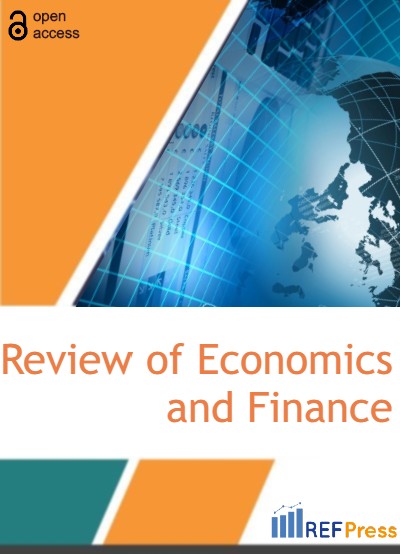
Teaching1 Economics Students about Different Models for Dealing with Uncertainty and Risk Besides the Standard Capital Asset Pricing Model (CAPM) and the Subjective Expected Utility (SEU) Model
(Pages 9-16)Lina Shoshani1 and Michael Emmett Brady2
1Instructor, University of Nevada, Las Vegas , Lee Business School, Department of Management, Entrepreneurship and Technology.
4505 S. Maryland Pkwy. Las Vegas, Nevada 89154. USA
2Adjunct Lecturer, California State University, Dominguez Hills, College of Business Administration and Public Policy. Department
of Operations Management. 1000 East Victoria St Carson, California, 90747. USA
DOI: https://doi.org/10.55365/1923.x2022.20.2
Abstract:
There has been a great deal of uncertainty (doubt) and fear about how the COVID-19 corona virus would impact the world’s economies in the future. This fear of the future would explain the manner in which individuals and countries have responded to the outbreaks by buying gold and/or other ”hard“ assets, which decision makers have great confidence in. In times of uncertainty (doubt), holding gold is a reliable and dependable way of combatting the likely impact of uncertain events on future events. The COVID-19 virus has generated a great deal of fear regarding the economic effects of the virus on the economy. Holding hard assets would allow the holder of such assets to feel safer and more secure about their ability to successfully deal with and/or wait out such events . We argue that undergraduate students would be better prepared for decision making in the real world after they graduate if the standard approach taken in microeconomic courses based on risk assessment alone was supplemented by alternative treatments that do not model decision making as taking place only under the assumption of additivity and linearity as is made in CAPM and SEU. It is important to teach students how to modify their probabilities to transform them into decision weights which (a) consider uncertainty, but (b) simplify to probabilities if the uncertainty should diminish substantially in the future. This is accomplished by using Tversky -Kahneman’s Cumulative Prospect Theory and Keynes’s Conventional Coefficient model from the A Treatise on Probability.
Keywords:
Linear Risk, Nonlinear, Uncertainty, Investing, Transforming precise probability into imprecise probability.
How to Cite:
Lina Shoshani and Michael Emmett Brady. Teaching1 Economics Students about Different Models for Dealing with Uncertainty and Risk Besides the Standard Capital Asset Pricing Model (CAPM) and the Subjective Expected Utility (SEU) Model. [ref]: vol.20.2022. available at: https://refpress.org/ref-vol20-a2/
Licensee REF Press This is an open access article licensed under the terms of the Creative Commons Attribution Non-Commercial License (http://creativecommons.org/licenses/by-nc/3.0/) which permits unrestricted, non-commercial use, distribution and reproduction in any medium, provided the work is properly cited.
